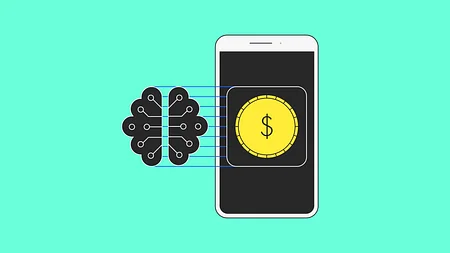Financial services needs to start speaking to the female customer
Note – I use female loosely here to include all those who identify with feminine traits, partially, wholly or barely. The idea is not to be gender normative or exclusionary, so please excuse AND educate me if that is happening here.
This is taken from our Unfiltered newsletter. Subscribe now for a no BS, uncensored analysis of fintech news and hot topics delivered to your inbox each fortnight.
If I had a dollar for every time a VC told me: “It’s so great that you’re focusing on women as a niche”, I wouldn’t need to raise a Series A.
Some background – I’m a co-founder at SALT. We’re an Indian fintech on a mission to bridge the gender gap in finance. Most people hear that and think ‘impact’ or ‘inclusion’ or something along those lines. Almost nobody thinks ‘a high lifetime value customer segment with low churn’.
My co-founders and I are three women in different decades of our lives. We’ve worked across banking, regulation and fintech for a collective 50+ years. We’ve witnessed waves upon waves of advancements in financial services, always catering to the default customer. A man.
Lip service at best
Women became part of the 520-year-old formal economy about 70 years ago. The average man started using bank accounts and formal financial services 120 years ago. And women were about 70 years late to the party. Not surprisingly then, women have had to audition for what was created for a male world.
How? The financial services industry discriminates against women in highly systemic ways. Products and their eligibility criteria are designed with the typical male life journey in mind. Have you ever wondered why career-break insurance doesn’t exist? Or why credit card companies have decisioning algorithms that favour stable monthly salaries over the ebbs and flows of freelance income (statistically more common among women). And yet it’s ‘revolutionary’ to create a special women-only card with a picture of a shopping bag on it.
In fact, even the sales process for most financial products caters to the assumed male way of decision making. For example, research shows that men display higher levels of reward drive compared to women. In high stakes situations, the male brain focuses on high value and low probability rewards. On the other hand, women in the same situation become more risk aware and analytical. They focus on getting higher probability good outcomes, even if they are relatively lower value.
In fact, even the sales process for most financial products caters to the assumed male way of decision making.
Numerous studies have shown that women are equally, if not more, data-driven in their decision making compared to men. But all this evidence is ignored. Formal finance lazily labels women ‘risk averse’ and stubbornly coddles them during the sales pitch.
True north
When we set out to build SALT, we knew we were solving, first and foremost, a design problem. Not ‘let’s create a fuchsia app’ design, but ‘how do we speak to this thoughtful customer who leans on intuition and inquiry in equal measure?’ design.
The first thing we did was create a psychometric assessment. Our cluster analysis was conclusive. Women scored higher on ‘comfort with financial terminology’ compared to men, but scored much lower on ‘actual participation in financial conversations’. There was no difference between the genders in ‘propensity for financial decision making’. Nor in ‘satisfaction with the outcomes’. But women were reluctant when it came to using apps for investing, insurance and anything more than basic payments.
Further research confirmed our suspicions. Women simply did not relate to the current discretised ‘marketplace’ approach to finance. They wanted something closer to the contours of real life, where financial decisions aren’t conveniently MECE (Mutually Exclusive, Completely Exhaustive). Essentially, they wanted something more intuitive, better tailored and smarter. In the words of a senior lawyer who participated in our workshop: “I’m tired of advisors telling me about earnings peaking in our 40s, and 60+ being the years you plan for. I’m a lawyer, my earnings peak after my 50s, when most people retire. I also happened to take a 5-year sabbatical when I was 42 to take care of an ailing parent”. Or a young Spanish teacher who was part of our first focus group: “I don’t care about building wealth. I’ve never run out of money and that’s good enough for me. But I do want to save up to buy a house because I’ve always imagined myself as a single parent”.
This isn’t a supply side problem, in that suitable financial products don’t exist. Rather, it’s a delivery mechanism issue. It’s not easy to swallow as a pill what needs to be administered intravenously. Product design in financial services needs a healthy dose of human-centric design before it can truly call itself a service.
Product design in financial services needs a healthy dose of human-centric design before it can truly call itself a service.
My unfiltered opinion
If you can’t find a shoe that fits, you don’t leave the store cursing your feet. Finance is one of the few industries that has successfully managed to convince the customer that it’s their fault if the metaphorical shoe doesn’t fit. Women have been at the receiving end of this a lot more since they are the ‘odd size’ when it comes to finance. But the world is changing. More people are choosing unique life paths, with pauses and less conformity. The odd sizes of yesterday are the regular sizes of today. And financial services needs to follow suit.



